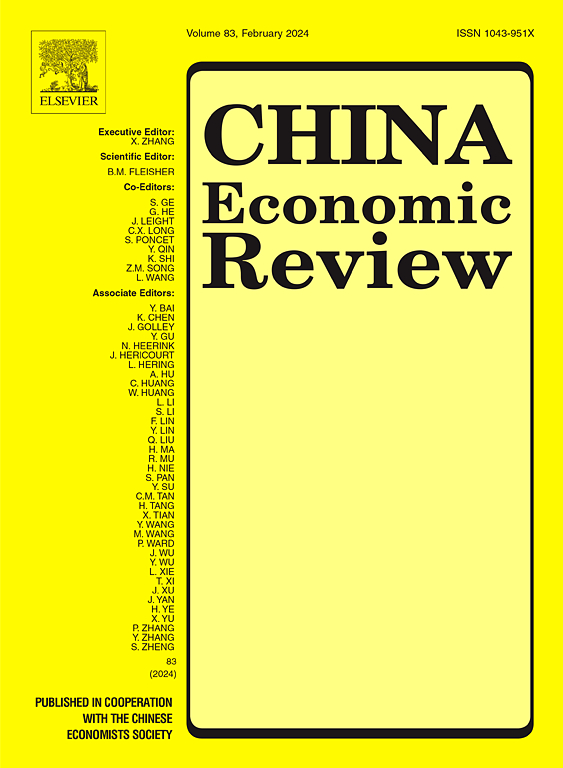Impact of a health system vertical integration program on patient expenditures and healthcare utilization: Evidence from county hospitals in East China
Abstract
In 2009, China launched a vertical integration pilot program to promote collaboration between tertiary and county hospitals to reduce rural-urban disparities and strengthen capacity building in healthcare services delivery in county healthcare facilities. Through the program, tertiary hospitals implemented a workforce mobility program to temporarily assign selected physicians and healthcare staff to paired county hospitals. This study uses hospital-level data from 2009 to 2015 to investigate the program's impact on medical expenditures and healthcare utilization among patients visiting the paired county hospitals. A difference-in-differences method with hospital and year-fixed effects is used to address the unobservable heterogeneity of hospitals and the potential impact of national healthcare reform. We find that the average outpatient expenditure experienced a 4.0% decline after the county hospitals received paired assistance from tertiary hospitals. The decline is mainly driven by a reduced proportion of diagnostic testing expenditures. However, there is no evidence that the program affected inpatient expenditures. In addition, county hospitals had 5.1% more outpatient visits after receiving paired assistance, while the average length of stay remains stable. These results are robust when we control the effect of the Zero-Markup drug policy and conduct permutation tests of sample assignment. We conclude that the paired assistance program has successfully improved hospital healthcare services delivery and controlled patient expenditures. Vertical integration has improved healthcare system performance in East China from 2009 to 2015.

 求助内容:
求助内容: 应助结果提醒方式:
应助结果提醒方式:


